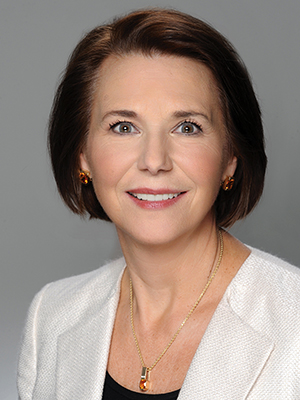 Linda P. Erickson
Linda P. EricksonLinda P. Erickson, CFP®, is the president of Erickson Advisors and a registered principal offering securities through Cetera Advisor Networks, LLC, 336-274-9403 lindae@ericksonadvisors.net.
I know we all have expectations regarding our investment portfolios. Rate of return, amount of interest or dividends we can take, and how long the income will last are among the most often voiced to me. The past few years and certainly the past several months have altered my expectations for myself and my clients.
In is most recent Investment Outlook, Bill Gross of Janus Capital suggests that we should plan for “an anemic 1-2 percent rate of real economic growth in even the most robust developed countries.” At this growth rate, we just cannot expect double digit equity growth and mid-single digit interest rates on our savings — not now and not well into the next few years. His outlook suggests we should get comfy with “lower for longer.”
In practical terms, what does this mean for you, the investor? It may mean revisiting your financial plan to assess your assumptions. Did you figure your withdrawal from your retirement plan based on an 8 or a 10 percent growth on your investments? Did you plan to live on your interest and dividends, assuming that would be an average of 4 or 5 percent? Both of these assumptions are not likely to be actualized over the next few years.
What does “lower for longer” mean for advisors? I humbly suggest that your advisor is faced with a most difficult choice. They could increase potential risk and volatility in your portfolio, knowing that you will see heart-stopping declines more often than you are prepared for. Alternatively, they could engage the difficult conversation that requests that you lower your withdrawals and reduce your expectations for the total return on your diversified portfolio.
If you are a Saver as differentiated from an Investor and if you have long dated CD’s or Treasury bonds that are still giving a nice five percent interest rate, please know that any maturity in the near term is unlikely to be able to be reinvested at anything close to your current interest rate.
All of these admonitions suggest that we, as both Advisors and Investors, need to reorient our expectations for our financial future. This is a conversation or an assessment that should be had by retirees as well as pre-retirees. I urge you to question if any alterations in your plans should be made based on your revised assumptions in this “lower for longer” environment. If your withdrawals are running six or eight percent of your nest egg, I suggest that this is too much today, may have been too much for a while, and is probably a critical error in the foreseeable future.
While this slow growth and low interest rate environment is not something brand new, our long held expectations for getting “back to normal” interest rates and portfolio growth are likely stuck in a prior era. The expectations probably need to be revised and extended to “lower for longer.”

